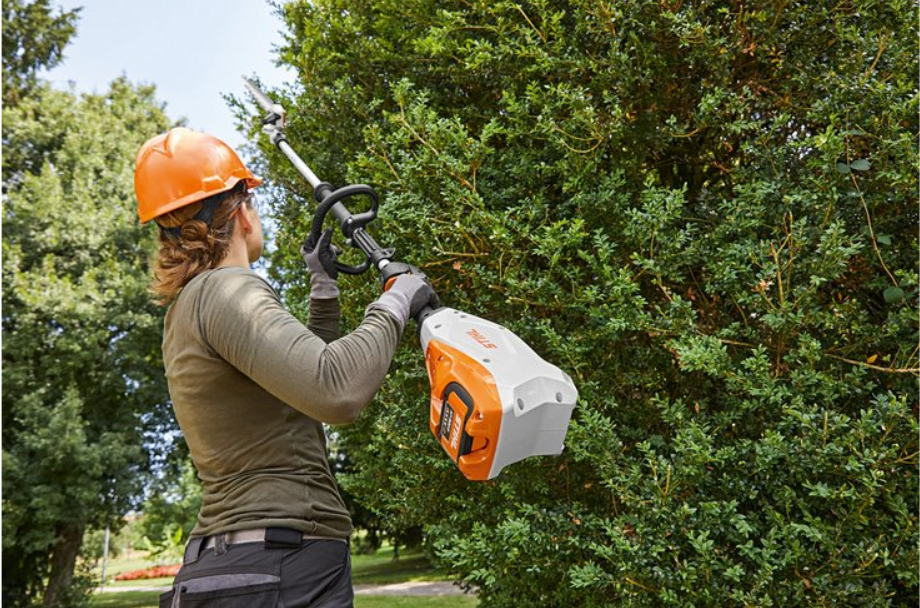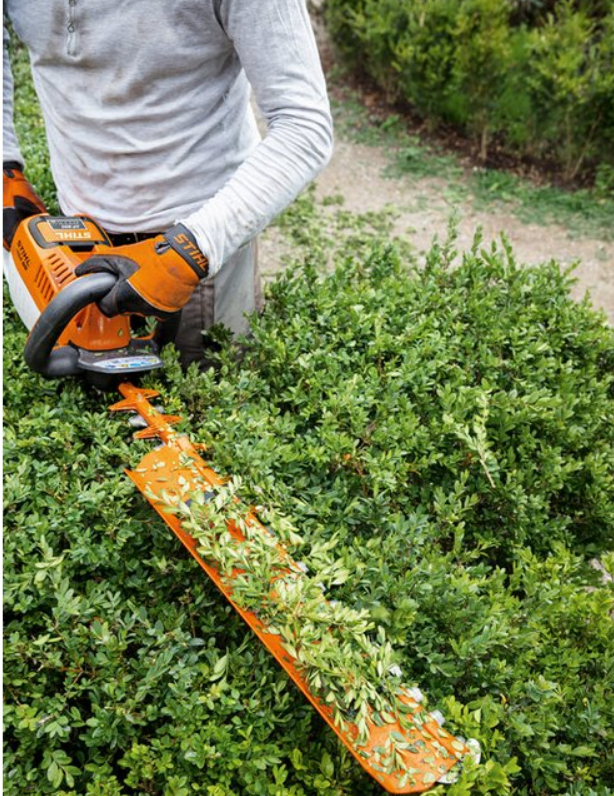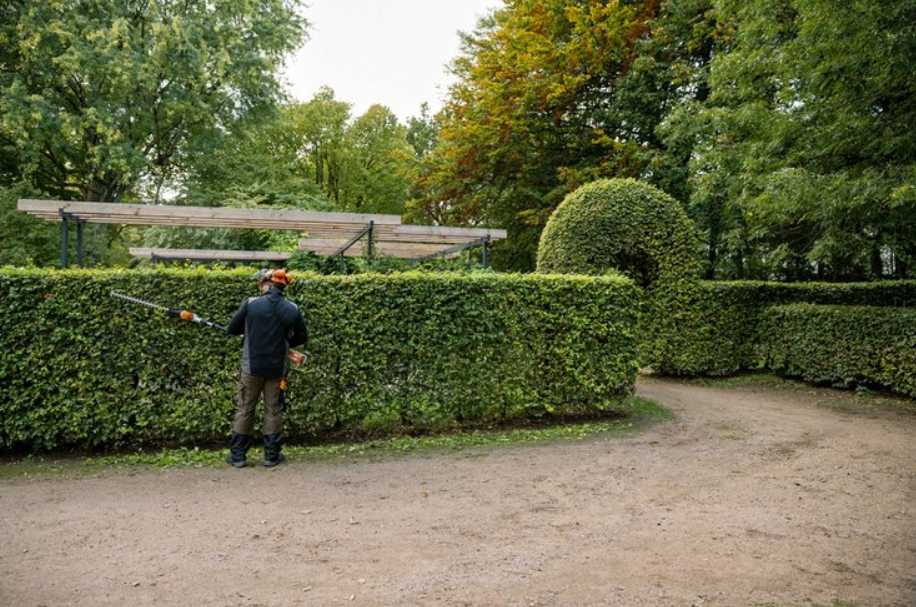Summer Garden Guide
Read the details
KEEPING TRIM

When to Trim
High summer is a great time to run the hedge trimmer over your hedges – it keeps them looking shipshape and sharp. A good hedge frames a garden, adds structure to a border and can be a head turner in its own right. Getting a good finish on your hedge is a matter of regular, systematic cutting to keep the growth tight and bushy. The classic evergreen or semi-evergreen hedges such box, privet, yew and conifer hedges all respond well to the ‘little and often' school of hedge trimming. Fast-growing hedges, too, such as Leyland cypress should be clipped as necessary throughout the growing season but you need to be careful with these not to cut back into the brown, twiggy wood as they will not re-green. July is the perfect time to give an annual cut to the woodier hedges such as beech and hornbeam.

How to Trim
Hand-held hedge shears are fine for small hedges, but for larger varieties you'll find it easier to use a powered hedge trimmer. No matter what you use, always make sure the equipment is sharp and well lubricated. Think safety if you're using a powered hedge trimmer: goggles, gloves and long sleeves. Clear away any obstacles on the ground before you start – you won't be looking at your feet – and consider long-reach hedge trimmers for tall hedges. Even vigorous hedges can be kept to no more than 60cm (2ft) wide as long as they're regularly trimmed. Taper the hedge on both sides so that the base is wider than the top and light can reach the bottom of the hedge. Take a little time to check that there are no birds nesting before you start cutting your hedge. Not only is it against the law to damage or destroy the nest of any wild bird while it's in use or being built, but we gardeners like our birds as they love to eat pests. As a rule of thumb, the bird nesting season is usually considered to run from 1st March to 31st July though it may last longer for certain species or multiple broods.

Box Hedges
Ideally I'd like to cut our box hedges and topiary shapes three times a year but realistically that rarely happens; partly due to time constraints, but also because of the vagaries of box blight and the weather. Box blight, a fungal disease which spreads through the hedge by spores, has been ravaging formal gardens throughout the country. To reduce its likelihood, the best cutting time is when the weather is dry so the spores can't spread. But if it's too hot and sunny when trimming, the hedge can become stressed by losing moisture. So picking an ideal time is surprisingly tricky! An essential job after cutting is to blow through the hedges with an air blower to blast out all the little bits and trimmings which could harbour spores.

Straight Cut
Use a taut horizontal string tied between two stout canes to act as a guide when cutting the top of the hedge level. Canes or stakes pushed into the ground can help with vertical lines. If you're using a hedge trimmer, keep the blade parallel to the hedge and use a wide, sweeping action working from the bottom of the hedge upwards.Hedge Trimming Tips
Keep it sharp.
Sounds obvious, but keep trimmer blades sharp. If cut branch tips appear ragged or light in colour, or if blades snag on the hedge, the blades are probably blunt and tearing rather than slicing material. Take the trimmer to a STIHL Approved Dealer for professional sharpening.
Keep it clean.
A blade that is not clean is not efficient. As a hedge is trimmed, sap builds up on the blades, setting hard like glue. Use an approved cleaner – like STIHL resin solvent – to keep blades in top condition.
Keep it in order.
Cut the vertical sides of a hedge first, using an upward and downward sweeping motion and moving forwards along the hedge as you work. When trimming the top of a hedge, angle the blades at around 10° to the horizontal and use a horizontal scything motion to sweep cut material off the hedge.
Keep it safe.
Always use recommended protective clothing, and follow safety instructions when using a powered hedge trimmer.
